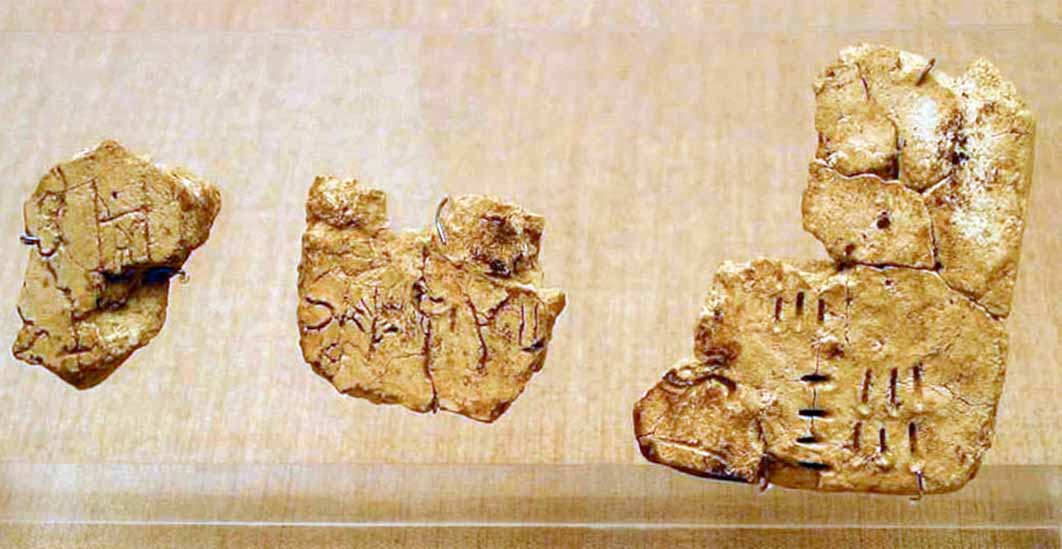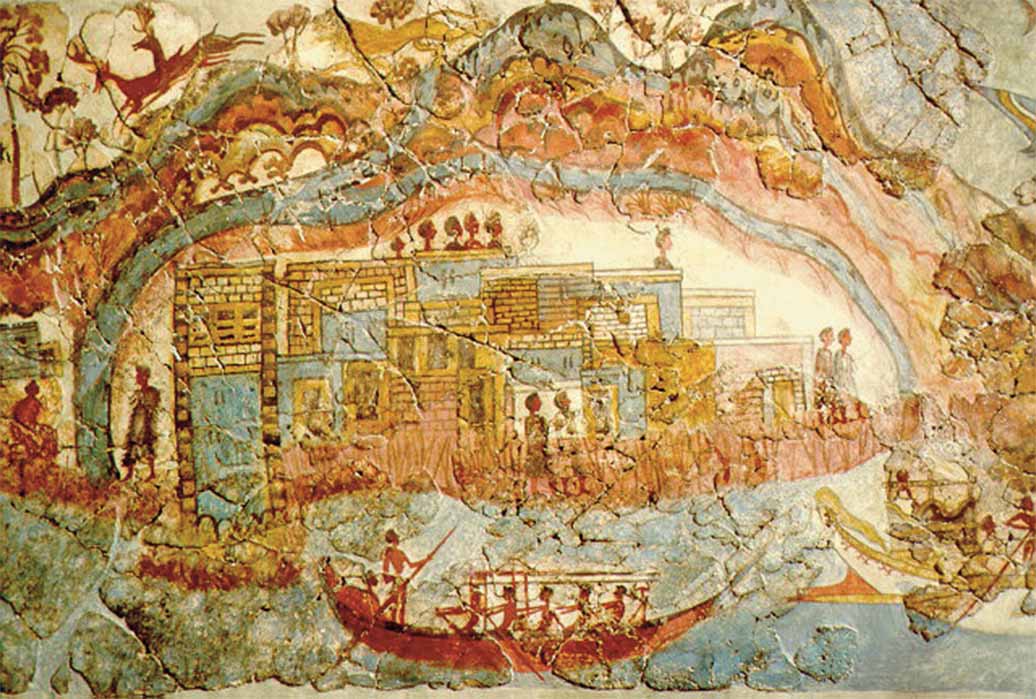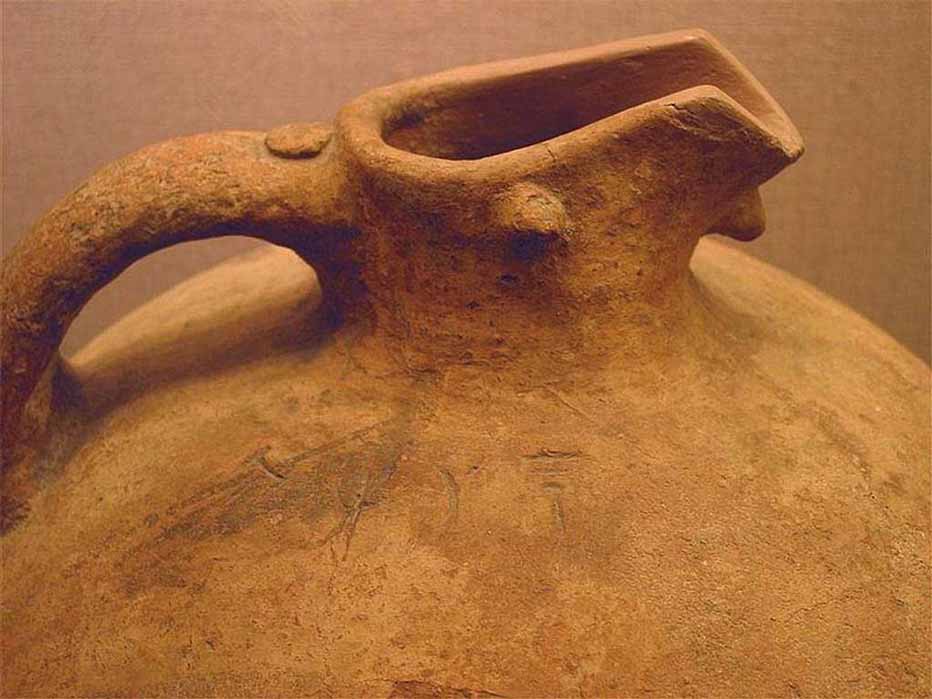
Accountant Takes An Accurate Shot At Cracking Bronze Age Script, Linear A
The enigmatic script Linear A has long been one of antiquity's most enduring mysteries. Emanating from Bronze Age Crete, its undecipherable cryptic symbols have frustrated researchers, historians, and archaeologists for over a century, but now, a British accountant in what has been called a “bold new theory” claims to have cracked the code and lifted the veil of mystery that has long hung over the script.
Mark Cook, a British forensic accountant realized the Linear A Tablets are partially complete accounting and argues that Linear A is a form of ancient Egyptian shorthand, similar in form to later Graeco-Roman shorthand (which evidently derived from the earlier Egyptian form). “It actually seemed odd to me that an accountant had never looked at the Linear A tablets before. Linguists had pored over them, but numbers formed a large proportion of what was written, as well as the characters of whatever language was being conveyed, and it seemed that a large proportion of the information on the tablets was almost being ignored,” says Cook.

Bronze age 'Flotilla' fresco from room 5, in the west house at the Minoan town of Akrotiri, Santorini, Greece (Public Domain)
The Minoan Civilization flourished on the island of Crete from 3000 to 1450 BC and the counted as one of the earliest advanced civilizations in Europe. Renowned seafarers and traders, it is believed their interactions with other cultures stretched from Egypt to the Anatolian coast. It is perhaps natural, with Linear A emanating from Bronze Age Crete, that most decipherment attempts have been based on the premise that Linear A was Minoan.

Linear A tablet, Chania Archaeological Museum (Ursus/ CC BY-SA 3.0)
Seeking the Language of Linear A
But what was Linear A? Unlike its counterpart Linear B - which was used by the Mycenaeans and was deciphered in the 1950s having been found to be an early form of Greek - extensive efforts to crack Linear A and its exact relationship to other ancient languages has remained the subject of ongoing research and speculation. It had been believed that it represented an entirely unique language group. What does appear to have been previously agreed on is that the script was used for recording economic transactions and possibly religious purposes. Linear A has been found on clay tablets, seals, and pottery dating from approximately 1800 to 1450 BC, but the greatest body found is that recorded on clay tablets evidently used for record-keeping and administration. Some have argued that it has apparent structural similarities to Linear B, which was also used for administrative purposes.

Linear A incised on a jug, also found in Akrotiri, Santorini / ancient Thera (CC BY-SA 3.0)




